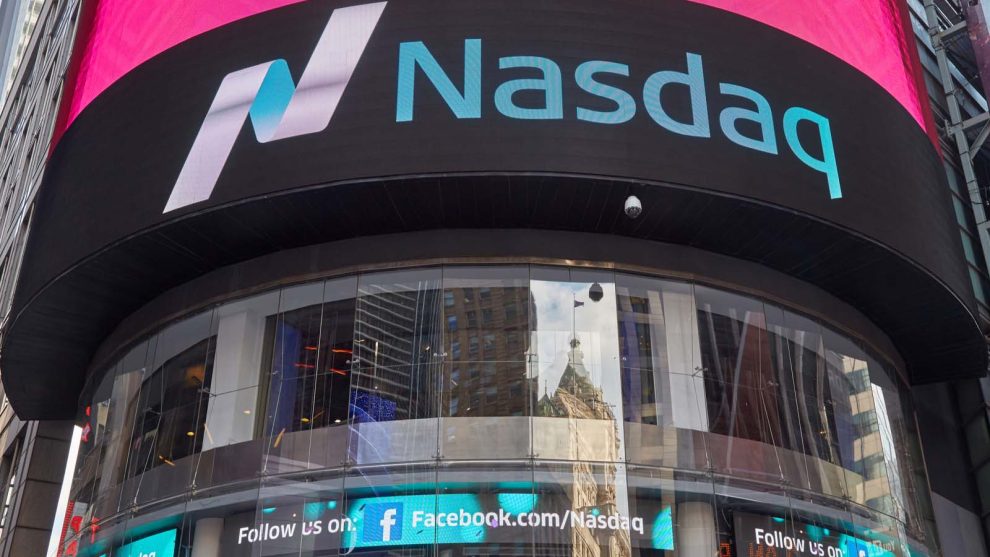
With the Nasdaq keeping up its record of reaching new heights in May, investors are wondering which stocks to buy amidst the record-breaking environment. The artificial intelligence (AI) rally continues, with Nvidia (NASDAQ:NVDA) posting new records. However, many AI stocks have not followed through for obvious reasons.
Typically, savvy investors look to buy stocks with strong fundamentals that may have experienced short-term setbacks and are undervalued. Undervalued stocks often trade at prices lower than their fair value. Ratio analysis can provide investors with a quick and easy way to gauge whether a stock is traded below fair value by comparing its ratios to peers, historical averages, or even against the index it trades within.
Stocks can also be screened for revenue growth, dividends, cash flow, and other metrics, including news-related grounds. Moreover, opportunities may arise from notable drops in stock prices, revealed in year-to-date (YTD) or monthly performance or by approaching 52-week lows.
With the Nasdaq continuing its journey to fresh highs undeterred, three companies that fire on many cylinders present compelling Nasdaq stocks to buy.
Cisco Systems (CSCO)

Cisco (NASDAQ:CSCO) is a solid Nasdaq stock to buy amid the record-breaking environment. Recently, it partnered with Lenovo (OTCMKTS:LNVGY) to deliver integrated AI/ML infrastructure networking solutions. As a global leader in IT and networking, it could benefit from the increased enterprise demand for digital transformation and security.
Cisco stock trades 8% lower in 2024. This is despite GAAP and non-GAAP gross margin rising over 60% and product annualized recurring revenue (ARR) increasing 44% YOY. Recently-acquired Splunk (NASDAQ:SPLK) contributed $413 million in revenue for the quarter.
While trading 18% below analyst price targets, its price-to-earnings (P/E) ratio of 15.63x is substantially below the industry average of 23.93x. It is well below Nasdaq’s P/E ratio of 32, as well. Cisco has been consistently beating analyst EPS estimates and has paid a now-increased dividend yield for 11 years straight. At this level, it is a solid stock to buy.
As it resurfaces above its 52-week low of $45.85, Cisco’s 22% boost in subscription revenue could appeal to investors. In particular, to those looking to take advantage of the overreaction to weak networking revenues. Subscriptions account for more than half of the company’s revenues.
PACCAR (PCAR)

Paccar (NASDAQ:PCAR) is a leading manufacturer of premium, fuel-efficient truck models that command higher prices. The company continues investing in new technologies, such as autonomous vehicles and electric trucks, as infrastructure spending and e-commerce are driving growth in the trucking industry.
Paccar’s first quarter 2024 results showed revenues increasing by 3% to $8.74 billion. Notably, net income soared by 63% to $8.74 billion. Its Parts division reported record revenues and profits, supporting the increased profitability. This has brought Paccar’s dividend payout to its highest-ever price of $4.27.
With a cash flow yield fivefold above the industry average of 1.66, Paccar is well-positioned to continue rewarding shareholders. Given its relatively low P/E of 11x compared to the industry average of 15.25x and its own 10-year average of 47x, the company merits inclusion as one of the three Nasdaq stocks to buy despite being up YTD. Analysts see another 15% upside from current levels.
On Semiconductor (ON)
On Semiconductor (NASDAQ:ON) is the risky play on this list of stocks to buy as it is expected to grow at a slower pace after EBIT margins fell last year. However, the company can generate revenue from the automotive, industrial, and smartphone sectors. This diversification may provide pricing power. Onsemi’s power and sensing technologies may also position it to gain a share in vehicle electrification and efficient power solutions.
The ON stock is down around 15% YTD despite generating a solid profit margin of 26.67% and consecutively beating EPS estimates. Onsemi has sustained margins by optimizing manufacturing, reducing expenses, and creating a better mix, allowing for consistent increases in shareholders’ equity. ON pays no dividends. Still, it returned ~100% of free cash flow (FCF) over the last 12 months to shareholders through stock repurchases.
Onsemi’s healthy operating margin of over 30% shows efficiency and structure. However, valuations are below peers, with a P/E of 14.49x being at least two times below the semiconductor industry of 33.42x. Consensus estimates forecast a 17% upside from current levels.
On the date of publication, Stavros Tousios did not have (either directly or indirectly) any positions in the securities mentioned in this article. The opinions expressed in this article are those of the writer, subject to the InvestorPlace.com Publishing Guidelines.






